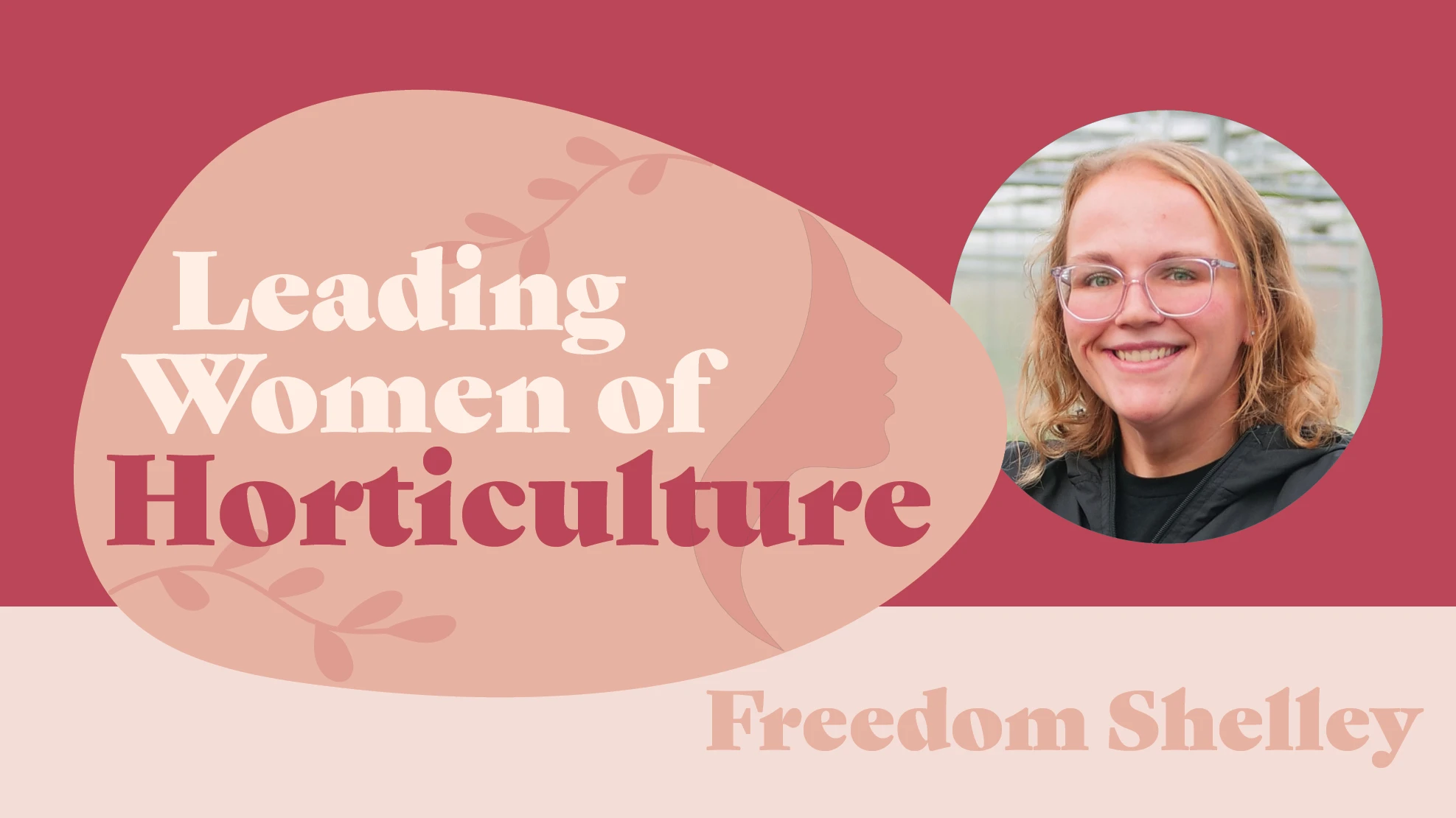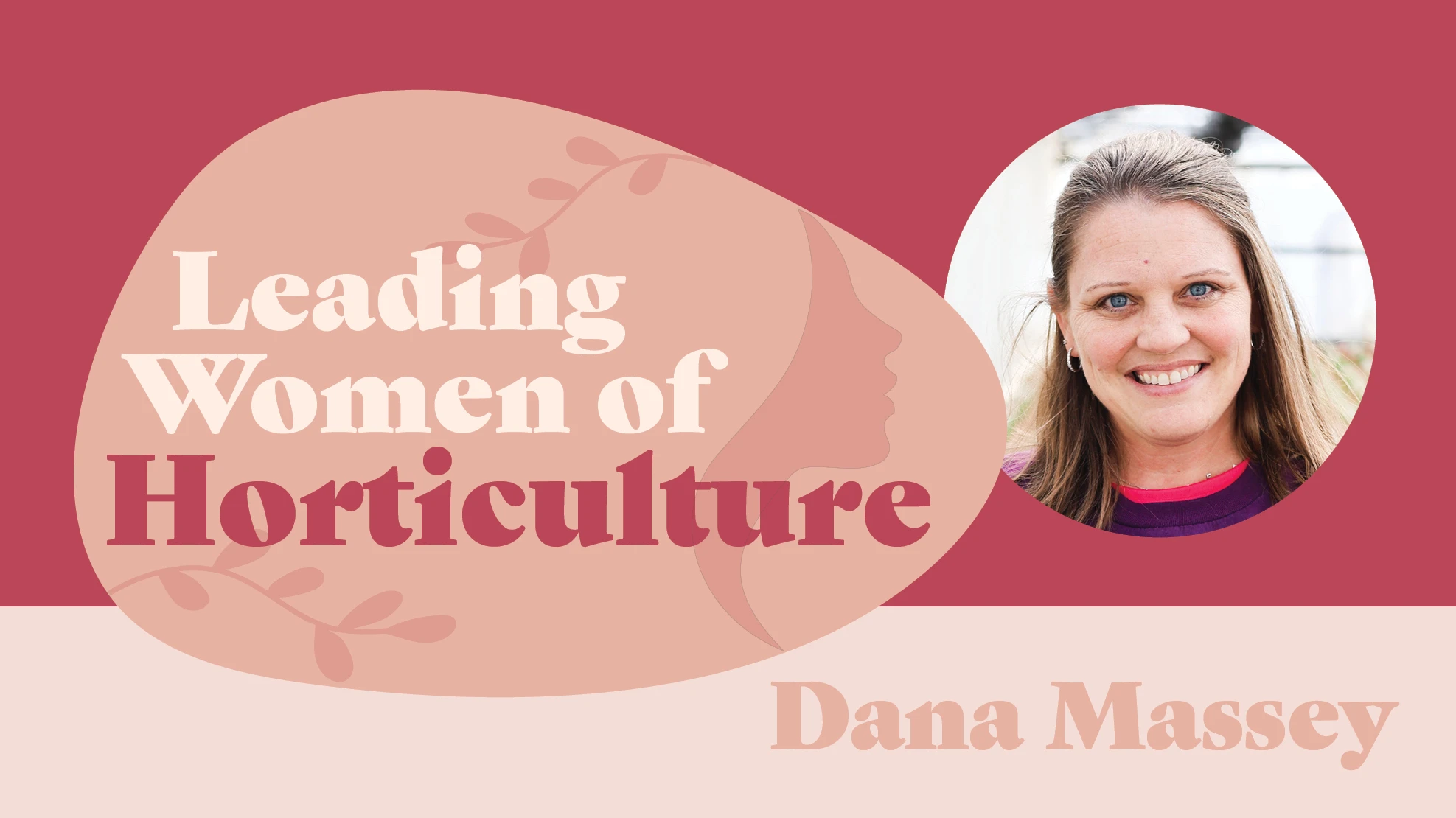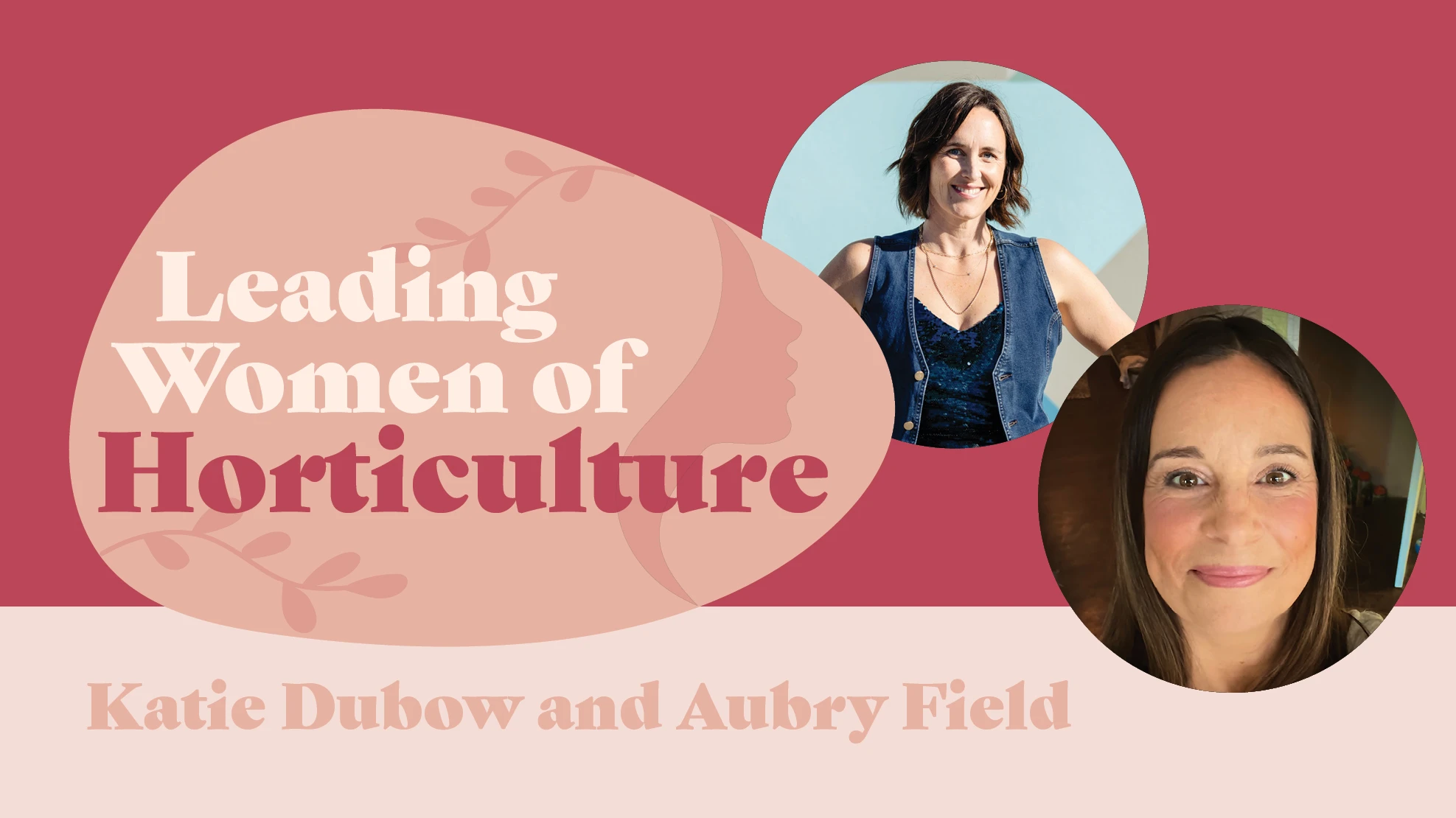

Photo © darkovujic | Adobe Stock
#1: Instagram
- This is your No.1 and has recently usurped Facebook’s throne. That’s partly because our industry is gorgeous and Instagram is ideal for showcasing that.
- Don’t just take pictures of beautiful plants and post them; include your staff, customers (with permission) and animals whenever possible. Be fun and funny. It’s that simple.
- Instagram is where our emerging customers are and we need to “grow” them. According to Hootsuite, 32% of users are 25-34 years old and 30% are 18-24 years old. Plus, it reaches 56% of Americans and 52% of Canadians.
- Post daily if you’re over about $3 million in revenue and a few times a week if you’re under that. Post short video “stories” a few times a week.
#2: Facebook
- This platform can be toxic, but it’s here to stay. When the sexier TikToks of the world have come and gone, Facebook endures. Like a cockroach.
- Facebook has almost 3 billion monthly active users and is the seventh-most valuable brand in the world. It’s going to outlive all the scandal and then some.
- Think of it like a website. It takes time but you pretty much have to be on it.
- Facebook demographics are much more spread out. According to Statista, 23% are 25-34, but 22% are over 55. (That age range is only 6% on Instagram.)
- Give gardening tips that match the season. For example, “It’s time to prune your hydrangeas, and here’s how.”
- Post daily if you’re over about $2 million in revenue.
#3: TikTok
- It’s the latest craze! But it’s also easy to get caught up in the hype. Make sure your Facebook and Instagram are up and rolling first.
- This platform is for reaching younger customers with the least disposable income. Hootsuite estimates 43% of Tiktokkers are 18-24 and 57% are female worldwide (and 61% in the U.S.)
- Its rise has been meteoric, but its future is uncertain. There are national security concerns with China and anything that goes up that fast may also come down. Facebook is actively seeking a way to steal the wind from beneath its wings.
- You need to shed all the corporate persona and relax. Dance like Jack Sparrow and be genuine.
- Cultivate wonder. We know that plants eat light and sunflowers have the same seed structure as spiral galaxies (Google the Fibonacci Sequence if you aren’t familiar — it’s wild stuff). But Tiktokkers don’t know this, and it’s ah-mazing to them.
- Take it on if you’re targeting Gen Z customers, or if you’re very urban and trendy (or want to be). Post a few times a week to build an audience.
#4: YouTube
- Now we’re past the top three. You only need to venture into #4 or #5 if you have the others and can sustain all of it.
- TikTok has taught us that short form video is the future of social media. Always keep them under 60 seconds, forget the 8-second animated openers, get to the point, be helpful and show them gorgeous flowers.
- YouTube users are even younger than TikTokkers, with 81% being 18-25, according to Global Media Insight. It saturates that group, and they see more YouTube than cable television.
- If you produce videos already — for your website, TV content, etc. — make sure to be posting them on a branded YouTube channel. It doesn’t cost anything extra, but I wouldn’t produce content specifically for YouTube unless it’s part of a broader video/youth out-reach strategy.
#5: Pinterest
- On the surface, Pinterest looks like a complete no-brainer for our industry. According to Hootsuite, 77% of users are female and the median age is 40.
- I’m not as bullish as some about Pinterest because I’ve been there, had content go viral and done that.
- The advantage is that there’s no time decay. With other platforms, you have a few hours tops before the post starts to zombie-fy. Pinterest is all about posting and stealing from other boards, so it gets passed around. Your engagement builds over time.
- People on Pinterest aren’t interested in your brand; they’re interested in mooching ideas.
- The big disadvantage is that the content is expensive to produce. Step by step, utility content about making things takes a lot of design and resources and I have a tough time seeing the ROI.
Get curated news on YOUR industry.
Enter your email to receive our newsletters.
Loading...

Explore the October 2022 Issue
Check out more from this issue and find your next story to read.
Latest from Garden Center
- The Growth Industry Episode 2: Emily Showalter on how Willoway Nurseries transformed its business
- Brand Spotlight: Growing Sweet Success in Small Spaces with Butterfly Candy™ Buddleia
- Super Charged Moon Juice from Moon Valley Nurseries now available nationally
- 2025 Proven Winners Horticulture Scholarship applications now open
- Leading Women of Horticulture: Anna Ball, Ball Hort, and Terri McEnaney, Bailey Nurseries
- Dümmen Orange North America celebrating 25th anniversary in 2025
- Illinois Landscape Contractors Association changes name to Landscape Illinois
- Leading Women of Horticulture: Arden Pontasch, North Creek Nurseries





